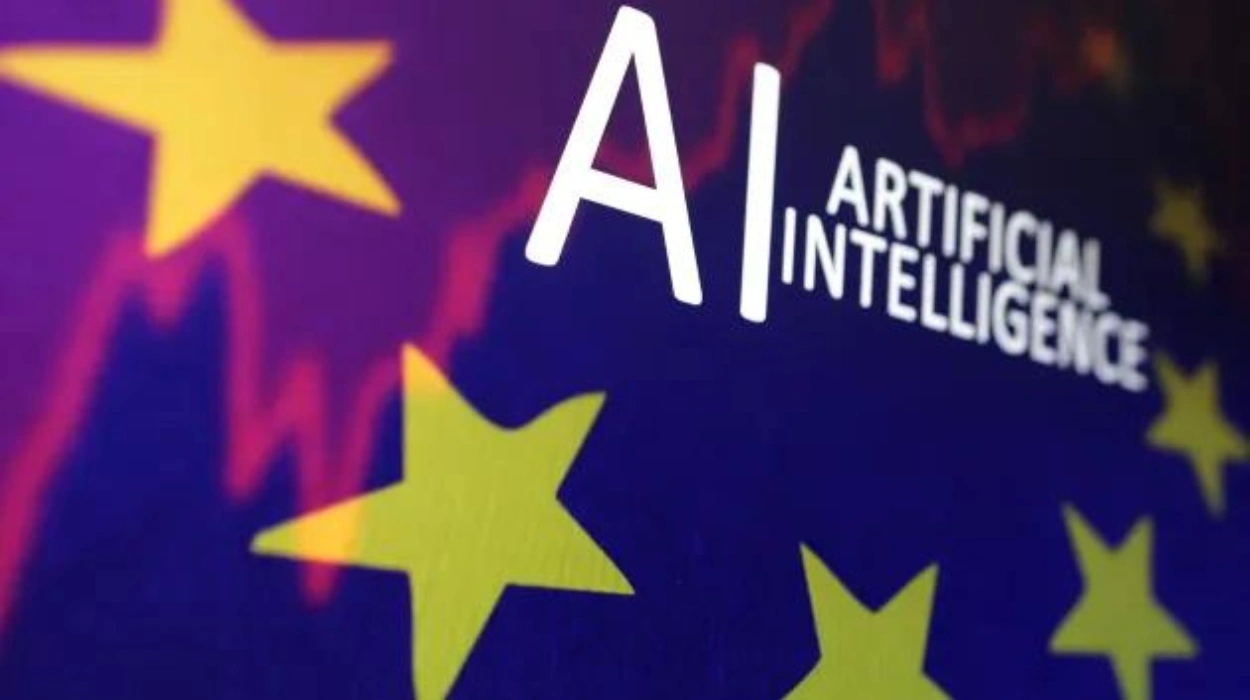Brussels (The Brussels Morning Newspaper) – The European Artificial Intelligence Act (AI Act), the world’s foremost comprehensive law on artificial intelligence, comes into force.
How Will the AI Act Regulate AI in the EU?
According to the European Commission, the AI Act is developed to ensure that AI developed and utilised in the EU is trustworthy, with safeguards to defend people’s fundamental rights. The regulation strives to establish a harmonised internal market for AI in the EU, facilitating the uptake of this technology and building a supportive environment for innovation and investment.
What Are the Key Risks Categorized by the AI Act?
The AI Act presents a forward-looking definition of AI, based on product safety and risk-based practice in the EU: Minimal risk, Specific transparency risk, High risk, and Unacceptable risk. To complement this system, the AI Act also presents directions for so-called general-purpose AI models, which are highly skilled AI models that are prepared to perform a wide variety of tasks like developing human-like text. General-purpose AI models are increasingly employed as components of AI applications. The AI Act will ensure clarity along the value chain and manage possible systemic risks of the most capable models.
How Will Member States Implement and Enforce AI Rules?
Member States have until 2 August 2025 to establish national competent authorities, who will handle the application of the rules for AI systems and undertake market surveillance activities. The EU Commission‘s AI Office will be the critical implementation body for the AI Act at the EU level, as well as execute the rules for general-purpose AI models.
What Role Will the European Artificial Intelligence Board Play?
Three advisory bodies will keep the implementation of the laws. The European Artificial Intelligence Board will ensure a consistent application of the AI Act across EU Member States and will serve as the main body for collaboration between the Commission and the Member States. A scientific panel of independent experts will deliver technical advice and input on enforcement. In certain, this panel can administer alerts to the AI Office about risks associated with general-purpose AI models. The AI Office can also obtain guidance from an advisory forum, comprised of a diverse set of stakeholders.
What Are the Penalties for Non-Compliance with AI Regulations?
Companies not conceding to the rules will be fined. Penalties could go up to 7% of the international annual turnover for breaches of banned AI applications, up to 3% for breaches of other duties and up to 1.5% for supplying incorrect information.
How Does the AI Pact Bridge the Transitional Period?
To bridge the transitional time before full undertaking, the EU Commission has undertaken the AI Pact. This initiative requests AI developers to voluntarily adopt fundamental obligations of the AI Act ahead of the legal deadlines.
What Is the EU Commission’s Strategy for AI Code of Practice?
The EU Commission is also developing to define and detail how the AI Act should be enforced and facilitating co-regulatory tools like standards and codes of practice. The EU Commission extended a call for expression of interest to experience in drawing up the first general-purpose AI Code of Practice, as well as a multi-stakeholder consultation letting all stakeholders have their vote on the first Code of Practice under the AI Act.



